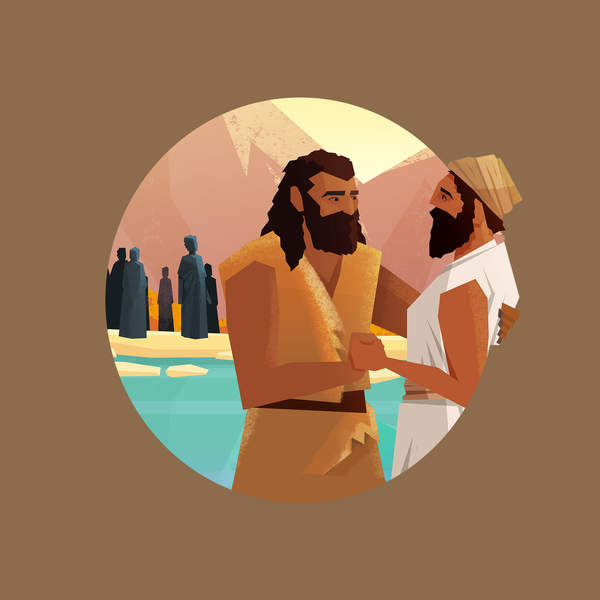
Global Christianos
Episode Chapters
Show Notes
In part 1 (0-11:00), the guys briefly discuss the other Jewish messianic sects that were also in the ancient world. Jon comments that in his imagination, there were just two sects of Judaism, the Pharisees and the Sadducees. Tim responds saying that in fact, Judaism was extremely diverse. There were more sects and messianic movements than just the ones that were explicitly covered in the Protestant Bible, and ancient Judaism had a whole spectrum of beliefs with nominal to radical followers. In part 2 (11:00-34:00), Tim outlines Acts chapter 8-11. This section is known as the persecution and scattering of the ancient church. Luke (the author) intentionally weaves stories of Peter and Saul/Paul together. Peter and Paul both wake up to the reality of the risen Jesus in two different ways. Peter’s vision on the rooftop, where God shows him that the kosher food laws no longer apply, would have been extremely offensive and destabilizing for ancient Jews. Jon says that it’s difficult for him to imagine the lives of ancient Jews and their customs. Jon asks if there are any modern cultural symbols that we hold to be true that could be equivalent to how the ancient Jews saw these laws. Tim comments that every culture has their norms, their accepted beliefs, and those who choose to break away or live outside of those cultural norms will be thought of as strange and potentially undermining the culture they live in. This is exactly how the early Christians were viewed. In part 3 (34:00-44:00), Tim outlines a few famous stories in Acts, like Phillip and the Ethiopian Eunuch and Paul visiting Antioch. Antioch was a melting pot city, a kind of San Fransisco of the ancient world. While Jerusalem was the symbolic center of Christianity, Antioch became the hub from which the first missionary journeys were launched. In part 4 (44:00-end), Tim explains that fundamentally Christianity is an ancient eastern, multiethnic religious movement. This is unique among other world religions. Christianity is the largest multiethnic religious movement in history. The guys discuss how this places Christians in a unique position in their respective cultures. Thank you to all our supporters!
Produced By:
Dan Gummel. Jon Collins. Matthew Halbert-Howen
Scripture References
Referenced Resources
- "Cities of God" by Rodney Stark
- "Acts, Zondervan Exegetical Commentary on the New Testament" by Eckhard J. Schnabel
- "The Acts of the Risen Lord Jesus" by Alan Thompson
- "World Upside-Down: Reading Acts in a Graeco-Roman Age" by Kavin Rowe
- Dunkirk (The Movie) directed by Christopher Nolan
Interested in learning more? Check out Tim's library for a list of recommended books and other resources.
Get the BibleProject app for access to our entire library of resources in one place.